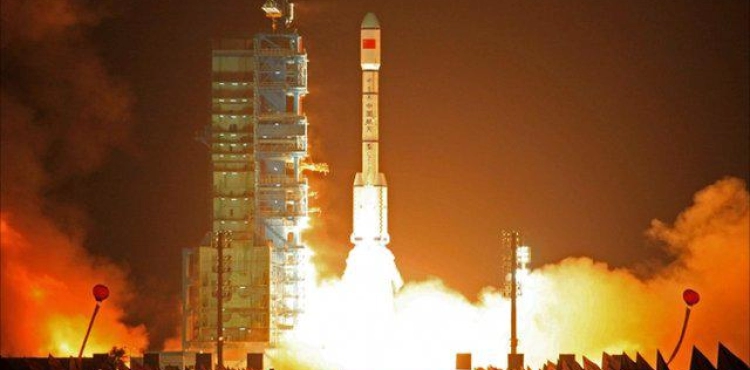China launched six satellites into space from the Taiyuan Satellite Launch Center in northern Shanxi Province.
The six satellites were launched on a Kouicho-1A carrier rocket and successfully entered the orbit.
This is the second launch from the Taiyuan Satellite Launch Center in less than six hours, after a Jilin-1 Gofen 02B satellite was launched into space aboard another Guizhou-1A missile at 10:55 am, China is setting a new record in the airspace industry.
This launch also recorded important progress for the Taiyuan Satellite Launch Center in terms of its rapid launch and emergency launch capabilities.
The Head 2A and Head2B satellites were the first batch of the Skywalker Constellation satellite group developed by Head and Space Technology Co., Ltd., based in Beijing. These two satellites will provide global users with services such as environmental monitoring, material control and promotion. Emergency communications and information gathering on ships and aircraft worldwide.
The third and fourth satellites are Sebasti-16 and Sebasti-17, produced by Sebasti Co., Ltd. in Changsha, Hunan Province. They are two models of remote sensing, medium and small satellites, and are mainly used in the fields of disaster prevention, marine applications and remote sensing in the field of agriculture and environmental monitoring.
The fifth and sixth satellites are Tianchi 4A and Tianchi-4B, both of which are low-orbiting satellites, created by a high-tech company in Beijing. They will provide services such as Internet of Things data transmission, emergency communications and material monitoring and tracking.
The Kuyacho-1A missile is a low-cost, solid fuel carrier rocket that has a short delivery time. The missile was developed by a subsidiary of the China Aerospace Science and Industry Corporation, and it is mainly used to launch low-orbiting satellites.












